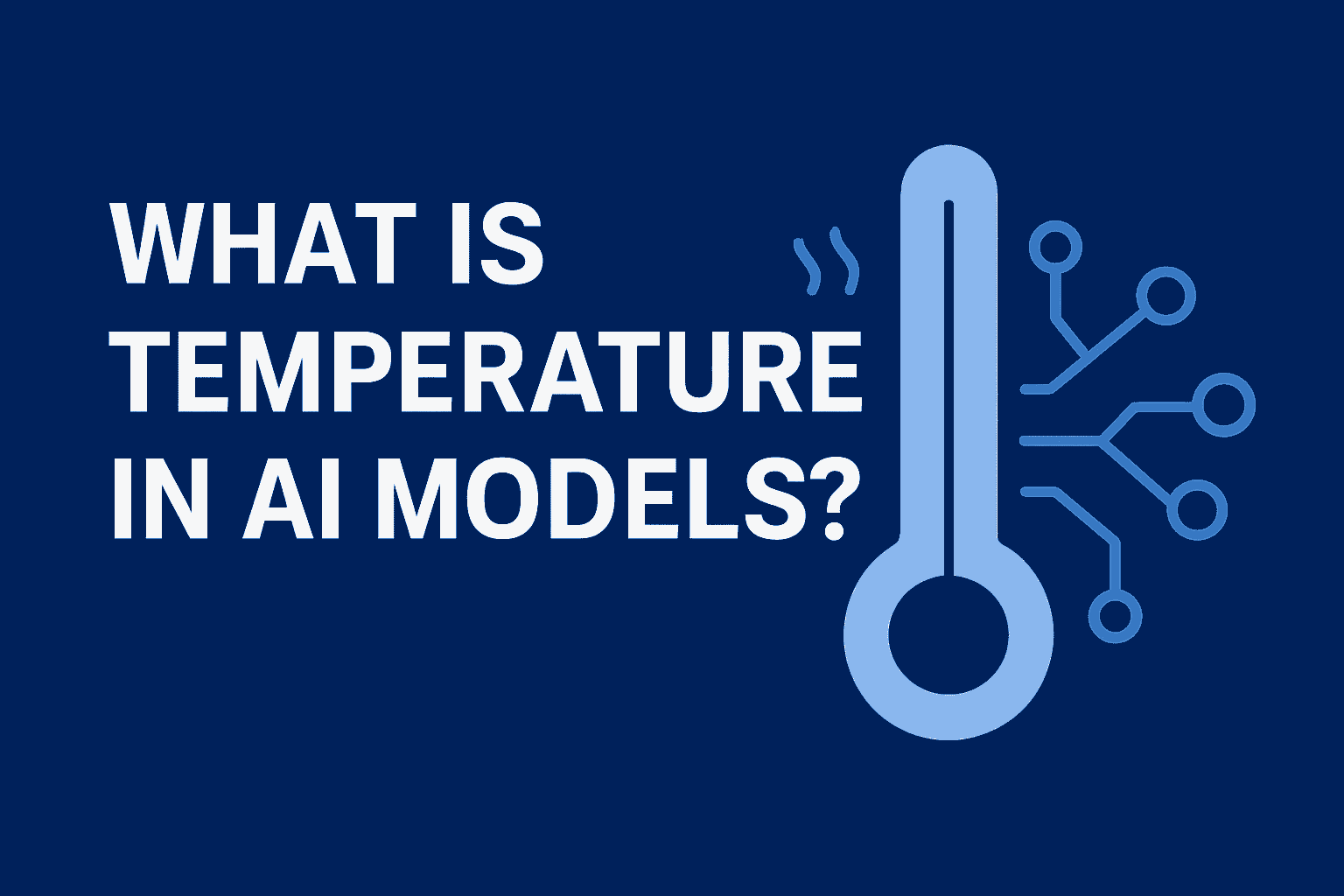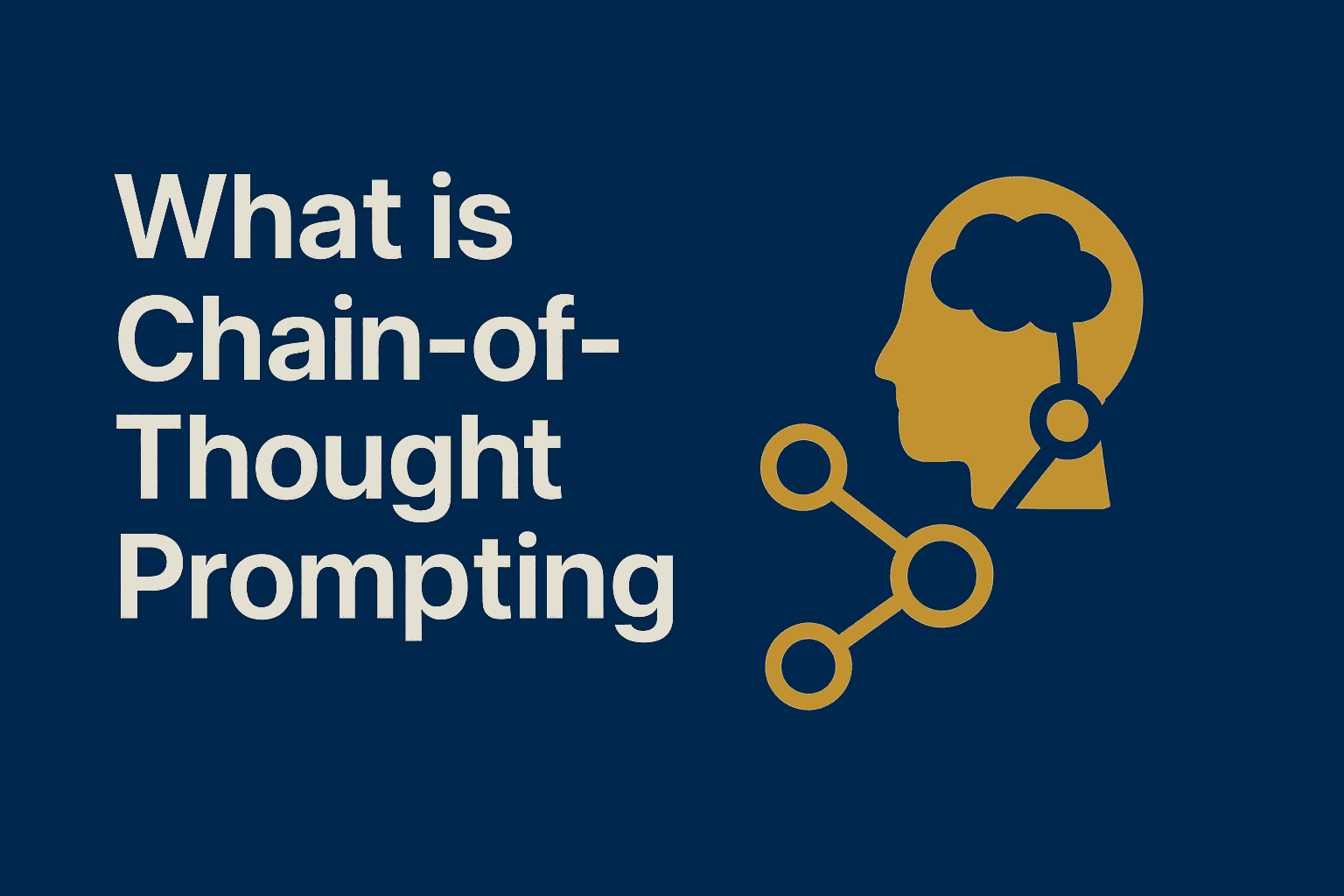
🧠 Beyond Simple Embeddings: A Deep Dive into Bi-Encoders and Cross-Encoders
Ai engineer
Bi-encoders are fast and scalable, perfect for large-scale retrieval, while cross-encoders provide precise scoring but at higher cost. Modern RAG pipelines combine the two.bi-encoders for recall, cross-encoders for reranking.to balance speed, scale, and accuracy.
When we talk about modern Natural Language Processing (NLP), two model families dominate tasks such as semantic search, retrieval, ranking, and question answering:
👉 Bi-encoders and
👉 Cross-encoders
Although they sound similar, their architectural differences make them suitable for very different scenarios. Understanding when and why to use each is critical if you’re working on RAG systems, semantic search engines, recommendation systems, or large-scale production pipelines.
Let’s dive deeper into these two approaches—their strengths, limitations, and the future of retrieval.
⚡️ 1. The Core Idea
- Bi-encoder → Two inputs (query + document) are encoded separately into vector embeddings. A similarity metric (cosine, dot product) compares them.
- Cross-encoder → Both inputs are processed together, allowing the model to attend to every token jointly. It outputs a single relevance score.
💡 Think of it like this:
- Bi-encoder = "We meet separately, then compare notes."
- Cross-encoder = "We sit in the same room and discuss everything together."
🧠 2. Architecture Breakdown
🔹 Bi-encoder
- Each input goes through the same transformer (shared weights).
- Output = dense embedding vectors.
- Similarity calculation happens after encoding.
- ✅ Efficient because documents can be pre-embedded and stored in a vector database.
🔹 Cross-encoder
- Query + document are concatenated into one input sequence.
- Transformer attends to all tokens jointly.
- Output = direct relevance score.
- ⚠️ Very powerful, but computationally expensive since every comparison requires re-running the model.
📊 3. Efficiency vs. Accuracy
| Aspect | Bi-encoder | Cross-encoder |
|---|---|---|
| ⚡ Speed | Very fast (precompute docs, only encode queries at runtime) | Slow (must run for every query-doc pair) |
| 📈 Scalability | Excellent (supports millions of docs in FAISS/Weaviate/Elastic) | Poor (O(N) scoring per query) |
| 🎯 Accuracy | Good but may miss subtle interactions | High, especially for fine-grained ranking |
| 🔧 Use Case | Retrieval, RAG, large corpora | Reranking, QA, pairwise scoring |
✅ Bi-encoders = scalable but approximate.
✅ Cross-encoders = precise but expensive.
🔍 4. Where Each Model Shines
✅ Bi-encoders
- Semantic search & retrieval
- Large-scale document embedding (FAISS, Pinecone, Milvus)
- Recommendation systems
- First stage in multi-stage retrieval pipelines
✅ Cross-encoders
- Re-ranking top-K retrieved documents
- Legal, medical, or financial search (accuracy > latency)
- Dialogue response ranking
- Matching tasks where precision is critical
🔗 5. Hybrid Approach: Best of Both Worlds
In production, systems rarely use one alone. The winning recipe is:
- Bi-encoder (Retriever) → Encode millions of docs once, store in a vector DB, retrieve top-100 candidates quickly.
- Cross-encoder (Reranker) → Take those top-100 and rescore with high precision, returning the best 5–10.
⚖️ This balances scalability & accuracy—the backbone of modern RAG systems.
🔮 6. Beyond Bi- and Cross-Encoders
Research is evolving fast. Notable directions include:
- ColBERT (Late Interaction Models) → Fine-grained token interactions at lower cost.
- Dual-stage RAG systems → Bi-encoder retrieval + cross-encoder reranking + LLM reasoning.
- Knowledge distillation → Compress cross-encoder knowledge into bi-encoders for efficiency + precision.
🚀 These approaches aim to close the scalability vs. precision gap.
🏥 7. Real-World Example: Semantic Search in Healthcare
Imagine building a medical chatbot:
- Only Bi-encoder? → Fast but risks semantically close yet clinically irrelevant results.
- Only Cross-encoder? → Accurate but too slow, hurting user experience.
✅ Winning setup → Bi-encoder retrieval + Cross-encoder reranking + LLM generation.
This hybrid setup powers enterprise-grade RAG systems today.
📝 8. Key Takeaways
- 🔹 Bi-encoder → scalable embeddings, perfect for retrieval.
- 🔹 Cross-encoder → accurate scoring, perfect for reranking.
- 🔹 Hybrid pipelines → dominate real-world systems.
- 🔮 Future → late-interaction models (ColBERT, SPLADE, hybrid retrievers).
👉 Understanding this distinction isn’t just theory—it’s what makes the difference between a laggy, inaccurate search system and a production-ready AI pipeline.
✨ In short:
- ⚡ Use bi-encoders for speed & scale.
- 🎯 Use cross-encoders for precision & nuance.
- 🔗 Use both together for real-world success.

